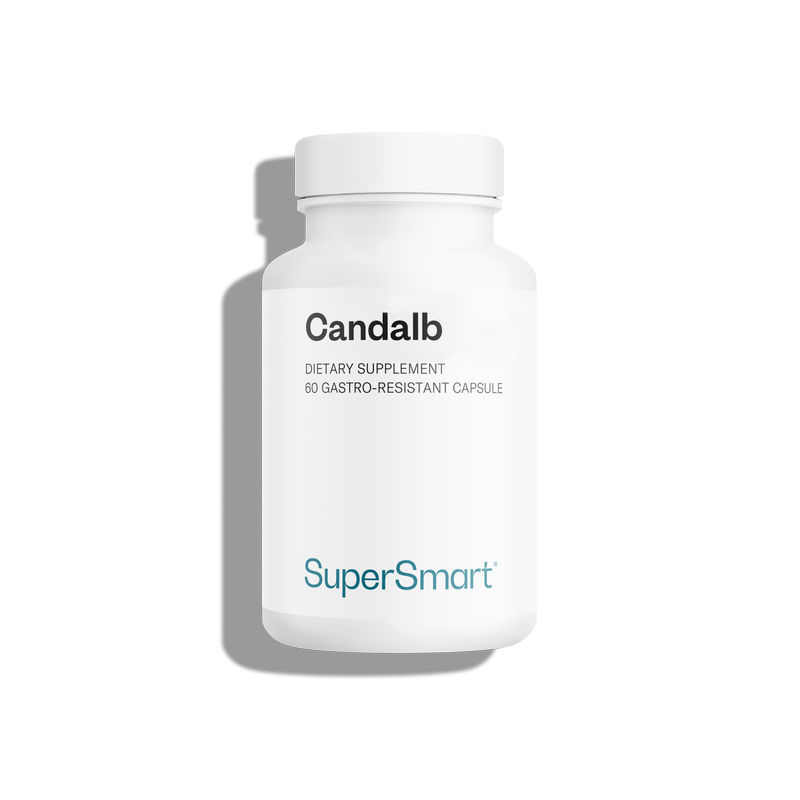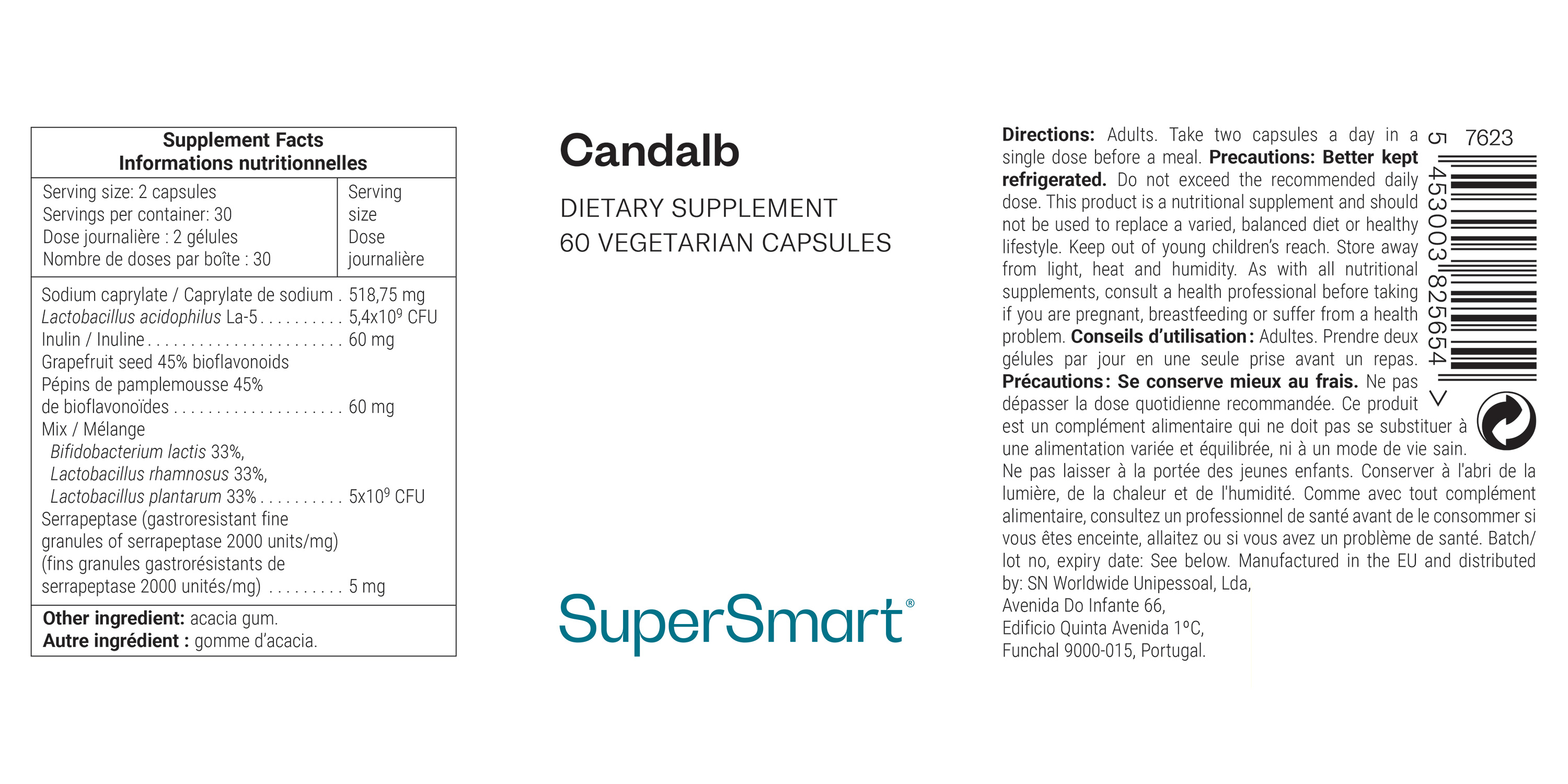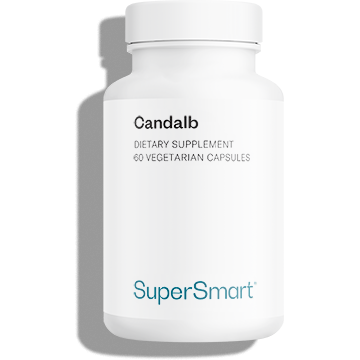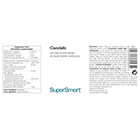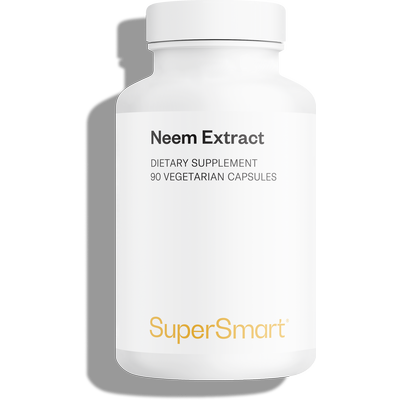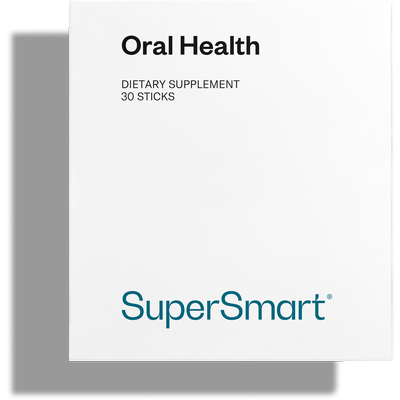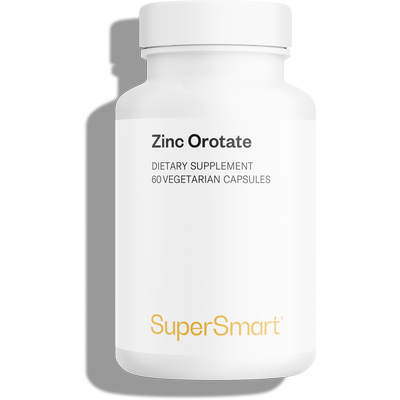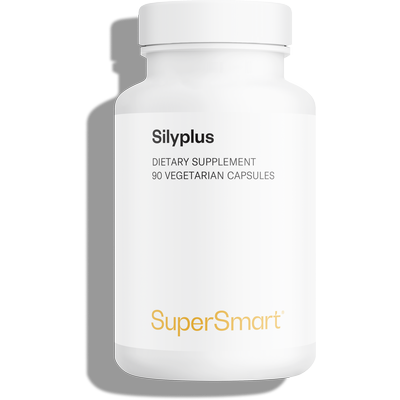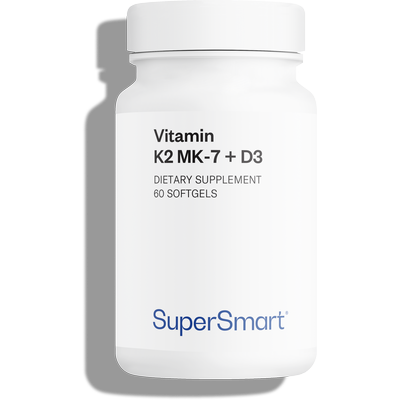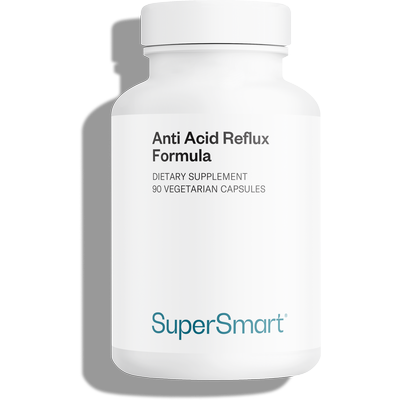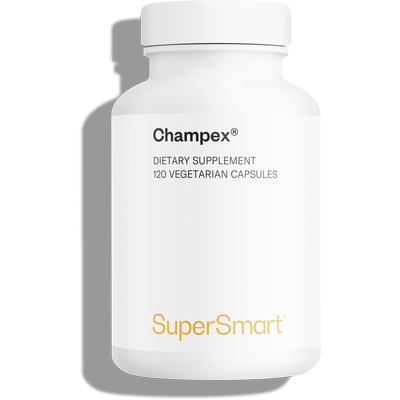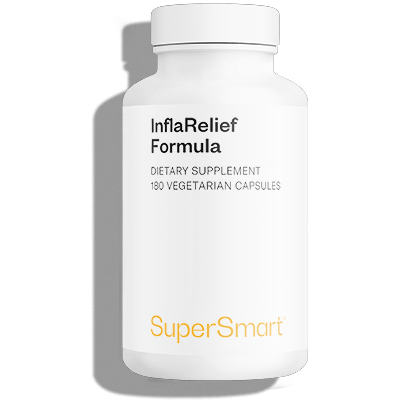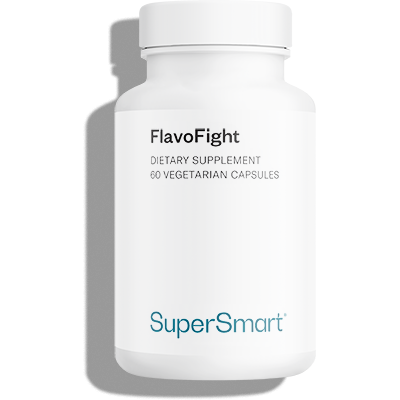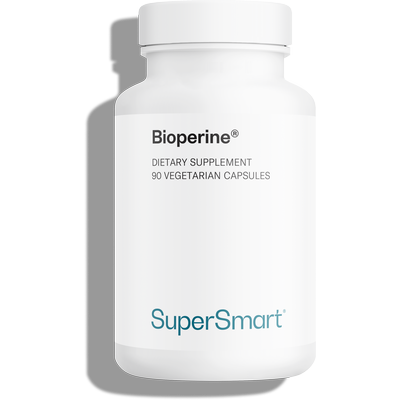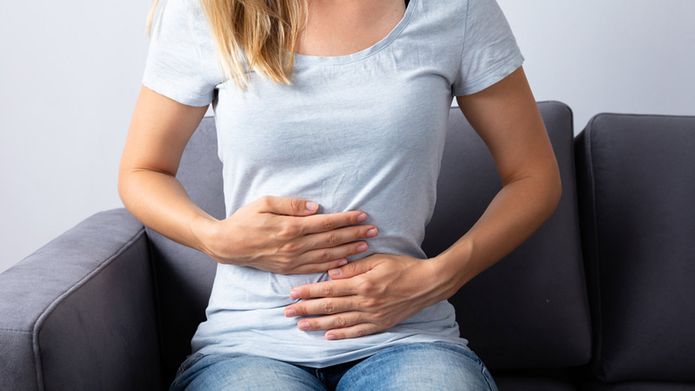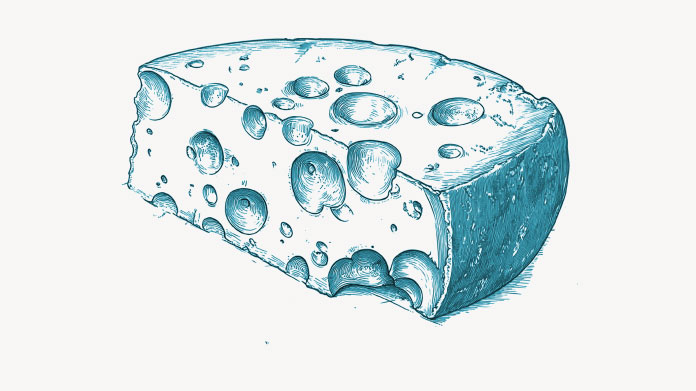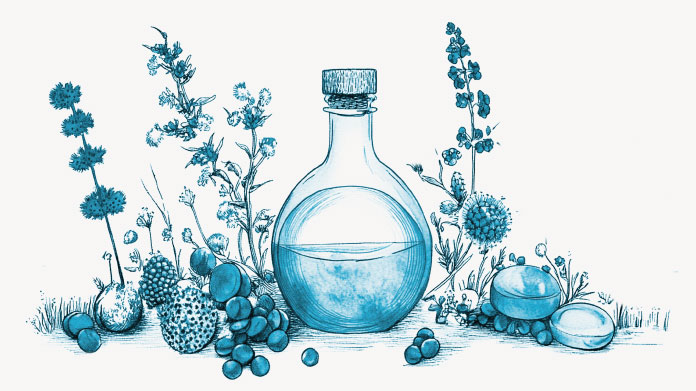Complete your selection
Candalb is a dietary supplement designed to naturally help combat growth of the Candida albicans and Candida glabrata yeasts, alongside medication. As a result of its high content of caprylic acid,specific probiotics, prebiotics and serrapeptase, it helps to restore internal balance.
What is Candida infection?
Yeasts from the Candida genus are organisms which are naturally present in the digestive tract, the oral cavity and the reproductive system. They are not usually pathogenic, because they are kept in check by the balance between the various microorganisms in the microbiota (1). However, when an imbalance exists, they can become formidable pathogens, capable of infiltrating various tissues and organs (2). They are said to be ‘opportunist’. The Candida albicans and Candida glabrata yeasts are the most common opportunist microorganisms in the human body (3).
Caused primarily by Candida albicans, vulvovaginal candidiasis is one of the most common gynaecological infections, with one in two women thought to be affected (4). These infections usually appear in the second half of the menstrual cycle in women of child-bearing age.
Candida infections typically develop in two stages:
- Colonisation, which is normally restricted by the protective effect of saliva and mucus (5). The yeasts proliferate abnormally, and attach themselves in large numbers to a flat surface (usually the mucosa), forming a biofilm – a kind of barrier formed from a highly-structured cluster of various cells and proteins. This biofilm makes them more resistant to natural anti-fungals, and enables them to survive in what would normally be a hostile environment for them (6). The cells in this biofilm develop and become more complex: some take a filamentous form, others a cylindrical or ellipsoidal one. These cells are attached to each other, forming a dense, three-dimensional structure, and a veritable reservoir of germs, difficult for either the immune system or medication to neutralise (7).
- Invasion of the mucosa, facilitated by a lack of cellular immunity (8). The biofilm formation is accompanied by two invasive developments: at the top of the structure, cells disperse to form new biofilms elsewhere in the body, while filamentous cells penetrate the various layers of the epithelial cells that form the mucosa (9). Unchallenged, the latter will go on to reach various areas of the body via the bloodstream .
What is in Candalb, the anti-Candida supplement?
The supplement Candalb has been developed in line with the latest scientific research. It contains:
A specific blend of probiotics (Lactobacillus acidophilus La-5, Bifidobacterium lactis, Lactobacillus rhamnosus, and Latobacillus plantarum). A number of clinical studies have demonstrated the powerful anti-fungal activity of lactobacillus strains against theCandida albicans biofilm (9). In one such study, Lactobacillus rhamnosus was found to impede the growth, morphogenesis (the stage at which cells become filamentous) and adhesion to mucosa of Candida yeasts. Probiotics may also help to rebalance the gut and vaginal microbiota in general (10).
Caprylic acid, a medium-chain fatty acid (MCT) widely used to stem the spread of Candida albicans. It is recommended in the book Vaincre la candidose (Beating candida) by Leon Chaitow and Simon Martin. It is mainly found in mammalian milk, plant oils such as coconut, and in certain seeds (11). Several in vitro studies (12-14) have demonstrated caprylic acid’s anti-candida activity. It may also help to stem the expansion of the above-mentioned biofilm and filamentous growth by modulating the expression of certain genes.
A grapefruit seed extract standardized to 45% bioflavonoids. Grapefruit seeds are widely studied for their potential antifungal properties (with action against Candida albicans, in particular), as well as their antimicrobial and anti-inflammatory effects.
Serrapeptase (5mg or 10,000 IU), a proteolytic enzyme which helps to reduce toxins and dissolve the dead cells responsible for inflammation (15). It should not be combined with natural anticoagulant remedies such as turmeric, garlic or omega-3 supplements.
Not content with having selected freeze-drying for our probiotic supplements, SuperSmart has also added a natural, protective ingredient: inulin. Naturally extracted from chicory root, this non-digestible carbohydrate also stimulates the growth of probiotics once in the gastrointestinal tract (16).
What is in Candalb
Any questions?
Our team of nutrition experts and scientists has the answers.
Symptoms depend on where the colonisation takes place. If it’s in the oral cavity or oesophagus, the main symptoms will be:
- thrush on the tongue, palate and gums (creamy white patches, firm or joined together, sticking to mucous membranes) ;
- redness on the tongue and oesophagus.
When colonisation is in the genital area:
- intense burning in the vulva;
- itching;
- a whiteish discharge;
- redness on the penis, usually in the balano-preputial fold (between the glans and the foreskin).
In most cases, candida resolves satisfactorily but recurrent infections are frequent. Sometimes it crosses the mucous membranes, temporarily spreading throughout the body, and secreting pathogenic molecules (79 known toxins) likely to further weaken the immune system and cause various problems (severe fatigue, repeated digestive problems, sleep issues, stomach pain …).
Take two capsules with one of the main meals, with a large glass of water, for one month. Repeat if necessary.
The best way of eliminating this stubborn yeast is to both tackle it with suitable treatments and at the same time, restore your own body’s regulating abilities. Here are some well-documented ways of maximising your chances:
- avoid high-sugar foods and those containing nutritional yeasts (Candida albicans loves sugar);
- try a lapacho infusion made from the inner bark of the Pau d’arco tree, traditionally used to fight yeast infections (candida);
- familiarise yourself with essential oils, especially oil of oregano, clove and cinnamon, all of which are highly relevant, according to Dr Eric Lorrain in his book En finir avec la candidose (Put an end to candida).
- Anyone who thinks they might have compromised immunity.
- Those with nutritional deficiencies (especially in vitamins A, B, and C, zinc and iron).
- Those with a diet too high in carbohydrates.
- Diabetics, particularly when the diabetes is not well-controlled (17-18). Chronic hyperglycaemia is associated with dysfunction of immune cells called granulocytes, and as a result, reduced cellular immunity.
- Those who’ve been on antibiotics or other drugs that disrupt microbiota balance. Antibiotics upset the gut flora and facilitate colonisation of the mucosa by Candida albicans.
- People with a history of gastric surgery.
- Those suffering from stress (physical and/or emotional), mineral deficiencies (zinc, copper, iron, manganese, etc) and who are physically inactive.
- Those aged over 65(19-21), because of reduced immune system efficacy and because they often wear dentures.
- Those suffering from xerostomia, who do not produce sufficient amounts of saliva.
Does Candalb Forte need to be kept refrigerated?
It is best stored at a low temperature with low humidity to ensure the viability of as many probiotic bacteria as possible.
However, storing it at room temperature for a few weeks will only cause a slight reduction in viable bacteria. This is because of the addition of the natural ingredient inulin, which specifically helps to increase the probiotics’ survival when stored at less-than-ideal temperatures.
This product’s capsules are composed of HPMC (hydroxypropyl methylcellulose), a plant substance derived from cellulose. HPMC is widely used for medicines and dietary supplements. It contains no animal ingredients, is recognised as safe by health authorities and is considered more sustainable than synthetic alternatives.
august 15 2023
Seems to work well
november 6 2025
M’a enlevé le brouillard cérébral et la fatigue chronique qui me minait depuis 10 ans.
Removed the brain fog and chronic fatigue that had been undermining me for 10 years.
 see the translation
Translated by SuperSmart - see the original
see the translation
Translated by SuperSmart - see the original
january 11 2025
january 9 2025
Produit très efficace
Very effective product
 see the translation
Translated by SuperSmart - see the original
see the translation
Translated by SuperSmart - see the original
november 5 2024
Je ne l'utilise pas depuis longtemps, mais je constate déjà des effets positifs sur mon transit intestinal.
I haven't been using it for long, but I am already noticing positive effects on my intestinal transit.
 see the translation
Translated by SuperSmart - see the original
see the translation
Translated by SuperSmart - see the original

